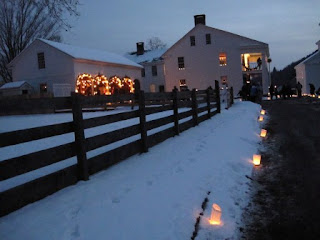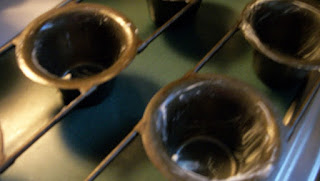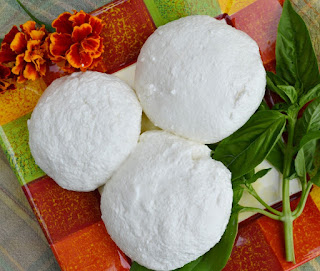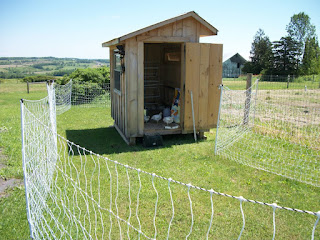The first Christmas that I can remember was when we lived in an apartment in Brooklyn. My mother took my little brother and I into Manhattan to window shop. The most popular store was FAO Schwartz. Their store window was elaborately decorated with miniature villages with trains, Santa's shop with elves making toys, animated woodland animals. With my nose pressed to the glass, breath fog obstructing my view, a couple of swipes with my mitten to clear the glass, was Santa leaning on a big sack of toys with reindeer moving across the star glittered sky. It was a wonderful sight.
Christmas morning, we woke up to a magical Christmas tree. The tinsel shined in the light, the half eaten gingerbread men still gave off a spicy note to the air, and big colored lights glowed red, blue, orange and green.
My parents still sleepy, were just as excited to sit with us and stare at the newly appeared presents under the tree. We just couldn't believe Santa found our apartment? How did he get by the doorman? Did he take the elevator? Did he come through the window? Without asking anymore questions, we ripped through our presents. Without disappointment, I got my first doll, one that I was wishing for, and my brother got a fire truck. We didn't have much else that I remember. Our stockings were filled with oranges and candy canes. Later that evening we had a nice turkey dinner and sang Christmas songs with help of the record player.
My favorite Christmas song The Holly and the Ivy
To keep the Christmas spirit alive it is essential to attend social gatherings. There are always events in your community; tree lighting, craft sales, church and school concerts; it adds to the heartfelt part of Christmas. For our location we are blessed to have many events that capture the essence of Christmas. It has become a tradition to go the the Cooperstown Farmers Museum. For information Candle Light Tour at the Farmers Museum
Click here for a beautiful site.
Another local festivity is the Victorian Holiday in Sharon Springs, NY. It was brought about by The Fabulous Beekman Boys. Dr. Brent and Josh Purcell took a fall excursion for fresh apples and stumbled upon the quaint town of Sharon Springs. They passed by a farm/mansion that was for sale, and the rest is history. They have kept the ball rolling by establishing a store in town, (The Beekman Mercantile) which sells an assortment of high quality items ranging from homemade soaps to cheese all made by their beautiful goats. They also have a wonderful cookbook that serves as a keepsake for good cooks to pass down to their family. Farmer John Hall takes care of the farm and goats. Victorian Walk Sharon Springs
 |
| Brent Ridge arriving by horse and carriage |
 |
| Josh, fashionable lady, and Dr. Brent |
 |
| Fashionable Ladies |















































